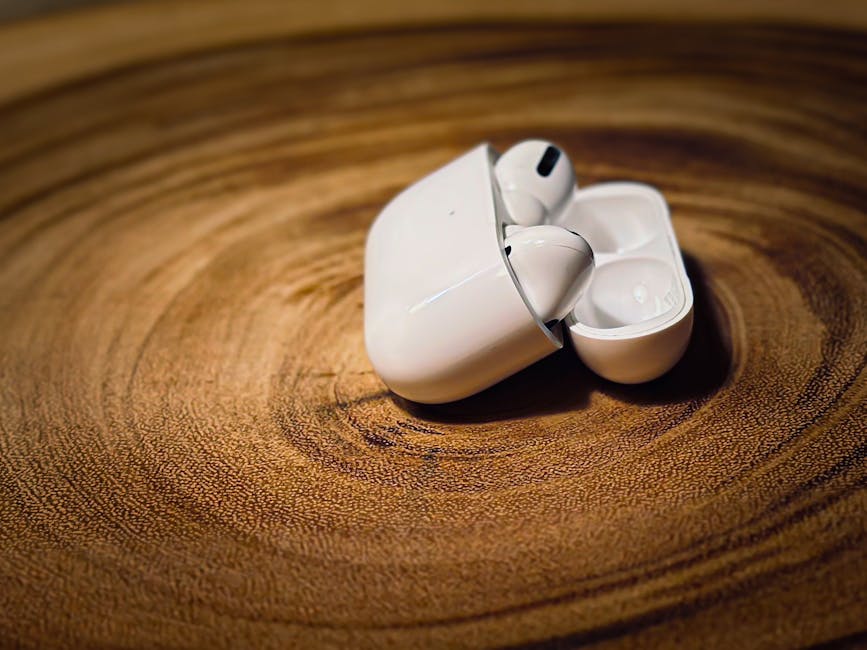
Why Your Hair Changes Texture With Seasons
Why Your Hair Changes Texture With Seasons
Have you ever noticed that your hair feels different depending on the time of year? In the summer, it might become frizzy and unruly, while in the winter, it could turn dry and brittle. These changes aren’t just in your imagination—your hair’s texture really does shift with the seasons. Several environmental and biological factors contribute to this phenomenon, from humidity levels to scalp health. Understanding why your hair behaves differently throughout the year can help you adjust your hair care routine to keep your locks looking their best, no matter the weather.
The Science Behind Seasonal Hair Changes
Hair is highly sensitive to its surroundings. Its structure—composed of keratin, moisture, and natural oils—reacts to temperature, humidity, and even sunlight. Here’s how different seasons affect your strands:
1. Summer: Humidity and Frizz
During the summer, high humidity levels introduce excess moisture into the air. Hair, being porous, absorbs this moisture, causing the cuticle (the outer layer of the hair shaft) to swell. This leads to frizz, especially for those with curly or wavy hair. Additionally, UV rays from the sun can weaken the hair’s protein structure, making it more prone to breakage and dryness.
How to Adapt:
- Use anti-humidity hair products (like serums or creams with silicones to seal the cuticle).
- Wear protective styles (braids, buns) or hats to shield hair from sun damage.
- Deep condition regularly to replenish moisture lost from heat and chlorine exposure.
2. Winter: Dryness and Static
Cold air lacks moisture, and indoor heating systems further dehydrate both your scalp and hair. This leads to dry, brittle strands that are more susceptible to static and breakage. The scalp may also produce less natural oil (sebum) in colder months, leaving hair feeling rough and lifeless.
How to Adapt:
- Switch to a moisturizing shampoo and conditioner with ingredients like shea butter or argan oil.
- Limit heat styling, which can exacerbate dryness.
- Use a humidifier indoors to add moisture back into the air.
- Incorporate hair masks or oil treatments (such as coconut or jojoba oil) weekly.
3. Spring: Shedding and Renewal
Many people experience increased hair shedding in spring. This is partly due to the natural hair growth cycle—hair follicles may enter the telogen (resting) phase more frequently during winter, leading to more fallout as new growth begins in spring. Additionally, seasonal allergies can sometimes trigger scalp irritation, affecting hair health.
How to Adapt:
- Maintain a balanced diet rich in vitamins (especially biotin, iron, and zinc) to support hair growth.
- Gently exfoliate the scalp to remove buildup and promote circulation.
- Avoid over-washing, which can strip natural oils.
4. Fall: Transition and Repair
As temperatures drop, hair may still retain some summer damage (like sun-bleached ends) while adjusting to drier conditions. This transitional period is a great time to focus on repair.
How to Adapt:
- Trim split ends to prevent further damage.
- Gradually switch to richer, more nourishing hair products.
- Protect hair from wind and rain with silk scarves or loose hats.
Internal Factors: Diet and Hormones
Beyond weather, internal changes also influence hair texture. Seasonal shifts can affect hormone levels, stress, and even dietary habits (such as reduced hydration in winter or increased sugar intake during holidays). Ensuring proper nutrition and hydration year-round helps maintain hair strength and elasticity.
Conclusion: Embrace the Change
While you can’t control the weather, you can adapt your hair care routine to minimize seasonal stress on your strands. Pay attention to how your hair reacts to different climates, and adjust products and treatments accordingly. With the right care, you can keep your hair healthy, shiny, and resilient—no matter what the forecast brings.
By understanding the reasons behind seasonal hair changes, you’ll be better equipped to nurture your locks through every twist and turn of the year. So, the next time your hair feels different with the seasons, remember—it’s not just you; it’s science!







